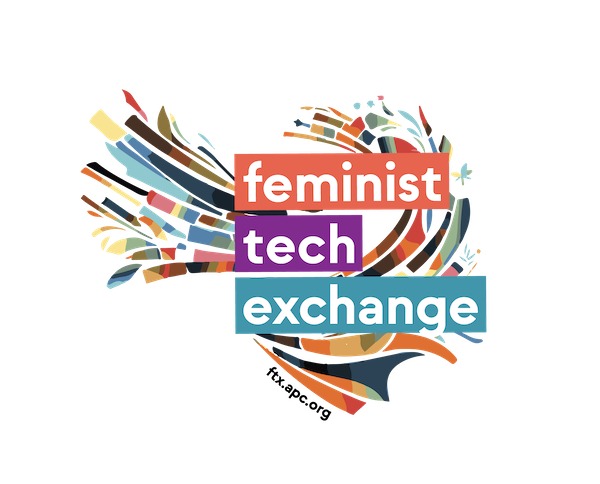
Feminist talk
Afghan Queer Community’s Access to The Internet Is A Double Edged Sword Under Taliban Rule
As the Taliban government took over Afghanistan in 2021, the already limited space for women and LGBTQI+ folks started to shrink even more. The effects were visible not only in public offline spaces, but very clearly on the internet as well, as members of the Taliban surveilled on people through their social media activities, and subjected them to physical violence. Artemis Akbary speaks to…
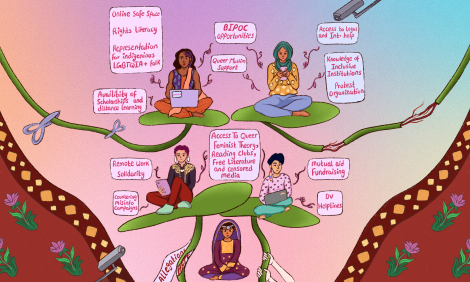
Editorial
Access Denied: Gender Digital Divide As A Form Of Violence in South and Southeast Asia
Despite the boom in the usage of the internet and technology in the past few decades, gender digital divide continues to be a hindrance around the world that bars women, non-binary and gender diverse people from accesssing the full potential of this communication marvel. As a result, they are left behind as the world, led by cisgender heterosexual men, moves forward, making structural gendered…

Access Denied: Gender Digital Divide As A Form Of Violence in South and Southeast Asia
While the significance of digital access cannot be contested, in small pockets of Asian communities and households, the internet continues to be a luxury for most people for various reasons, including the lack of financial resources, absence of infrastructure, or political and/or patriarchal control. And much like everything else, this lack of digital access impacts women and LGBTQI+ folks …
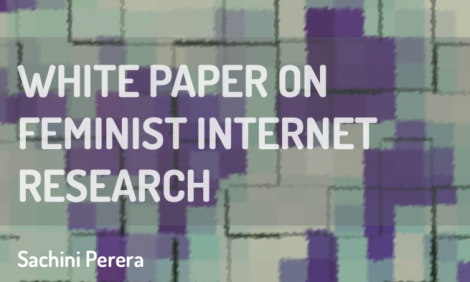
Research
White paper on feminist internet research
As part of the Feminist Internet Research Network (FIRN) project, supported by the International Development Research Centre (IDRC), this white paper aims to assess feminist internet research in relation to internet governance and policy, with a particular focus on scholarship in the global South.

Publication
Call for Submissions: Access to the Internet in Southeast Asia
GenderIT is looking for writers, artists, creators and filmmakers from Southeast Asia to pitch stories around the theme: Access to the internet, for its Asia regional edition 2022. Deadline to submit pitches is August 26, 2022.

Infrastructures of resistance: Community networks hacking the global crisis
Community networks proved that an infrastructure is only as robust as the more caring of its communal nodes. In this second year of living in times of unequal global health crisis, we are glad to present this special edition of GenderIT.org: Infrastructures of resistance: Community networks hacking the global crisis and to share with our readers how intersectional approaches in CNs…

Feminist talk
Using the internet during a pandemic: Is it a choice?
During the lockdown in India, the circumstances of marginalised population groups, including gender and sexual minorities (GSM), has worsened. Community and peer support has been critical, but in many cases it depends on phone and/or internet connectivity. The author wonders if informed choices regarding internet usage is possible in this context.

In depth
Making a Feminist Internet: Access and inclusion in feminist movements
It is fundamental to ensure that when organising, we do not overlook women who do not have “feminist” on their bios but are resisting and defying in their homes, schools and workplaces. When we represent, we need to make sure that we do not forget the women who don’t have access to the same spaces.
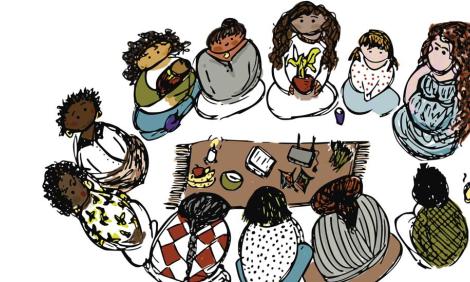
Feminist talk
Our routes: women's node - an illustrated journey of women in community networks
In this beautifully etched illustration we follow the stories of various women who are working in community networks and their journeys with technology, autonomy and self-realisation.
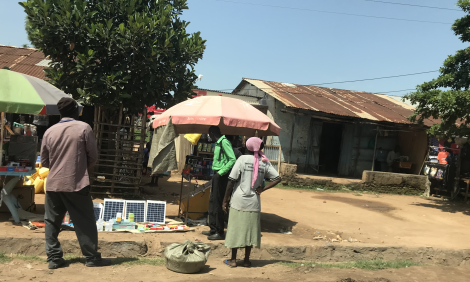
Column
Gender and community networks: Researching social and gender impact
In this fourth column on gender and community networks, Nic Bidwell looks closely at the processes and difficulties of research on the social and gender impact of Community Networks in rural places, and focuses on some issues encountered in the nitty-gritty of such research.





